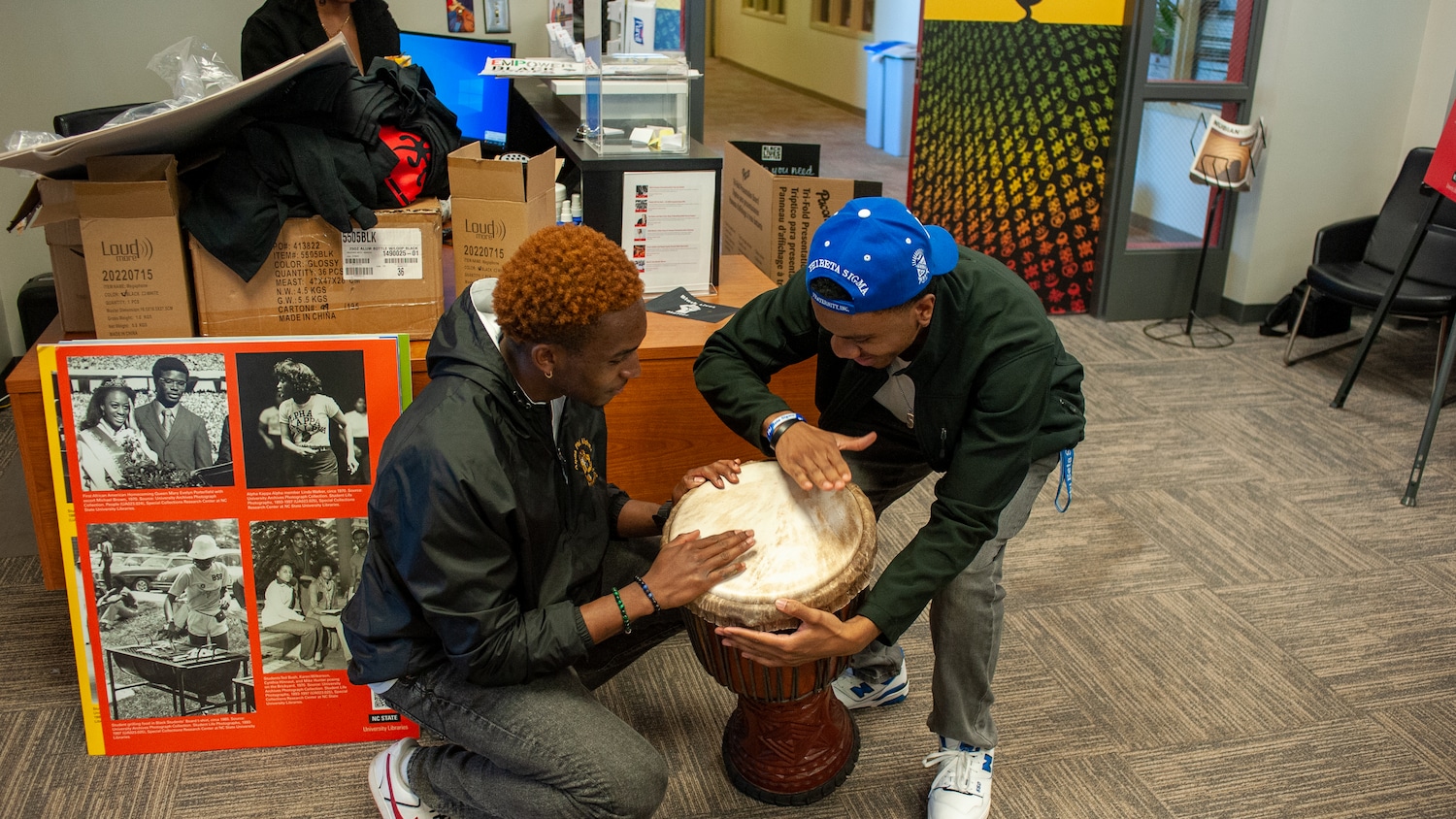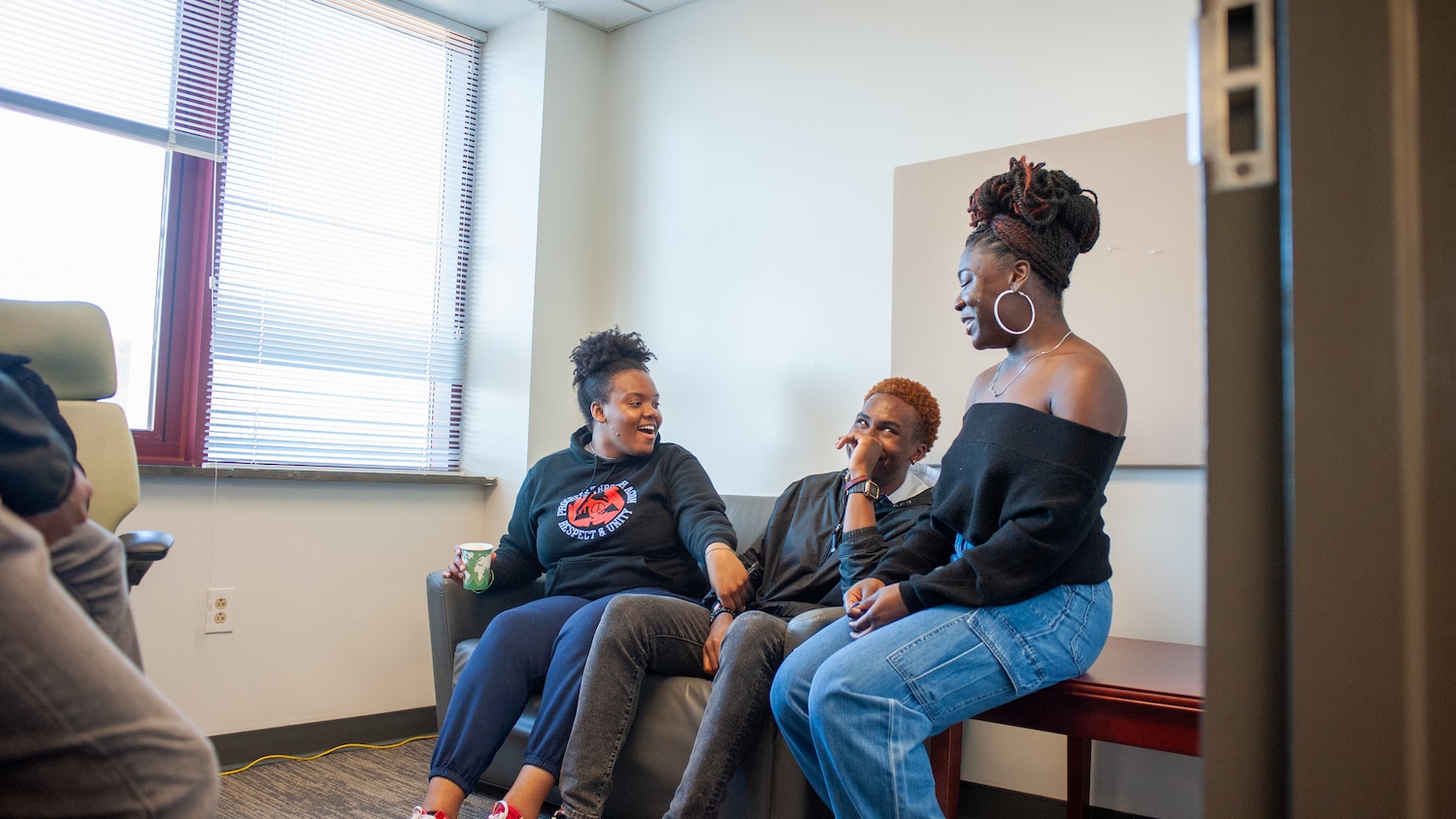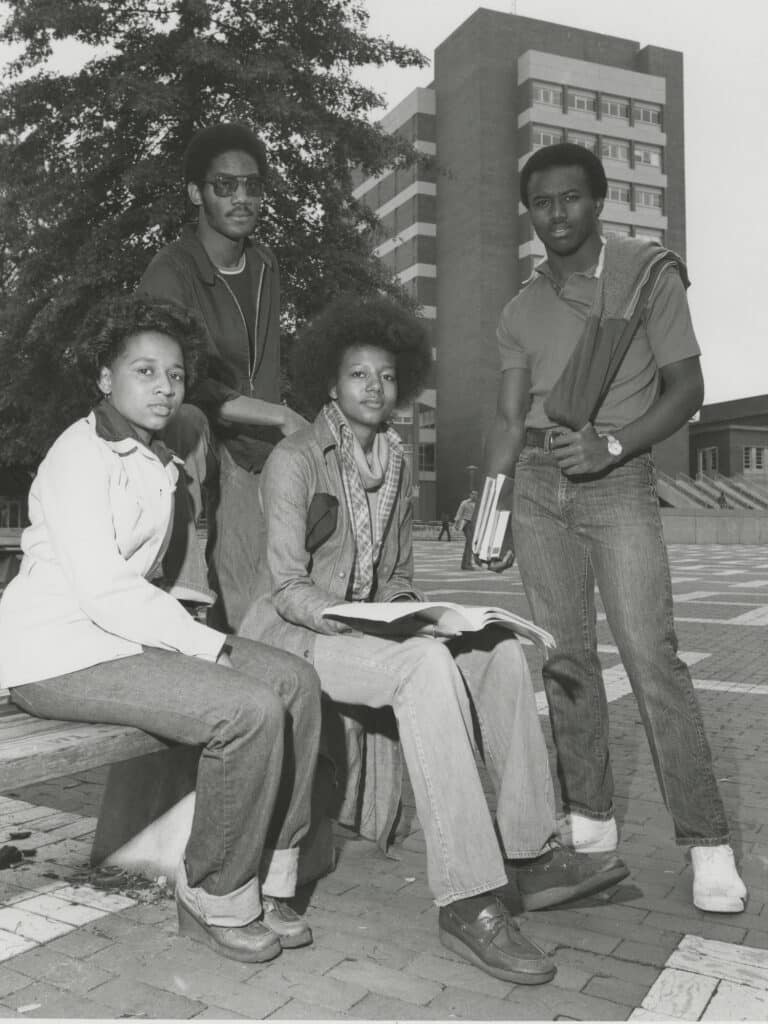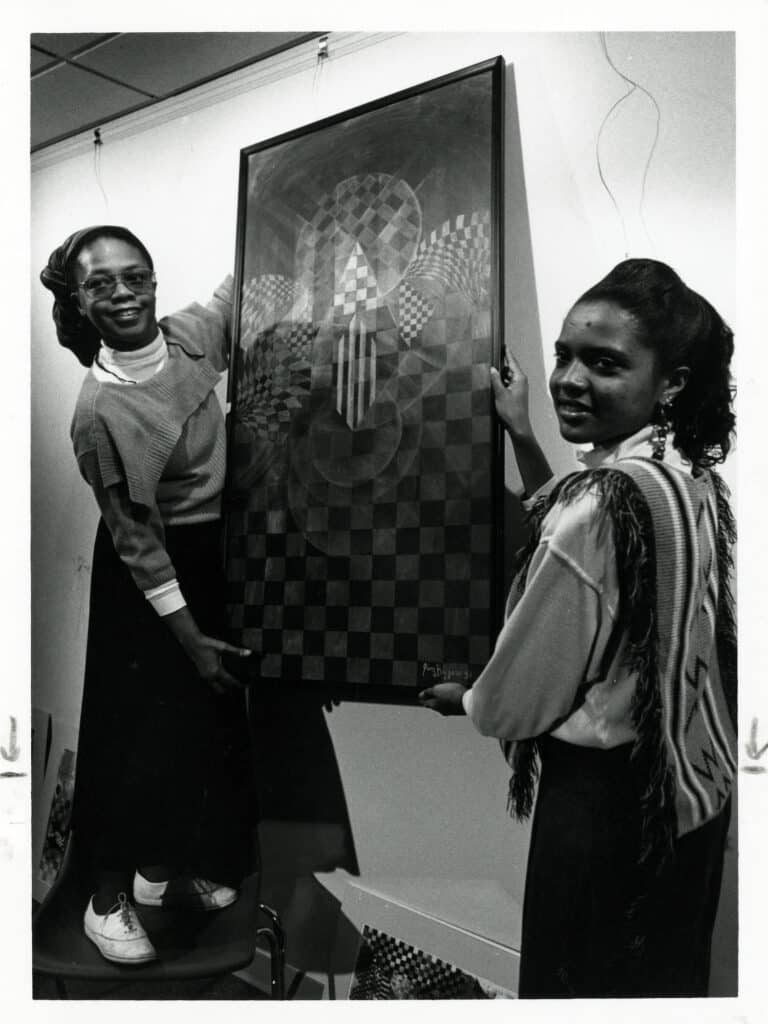What Is Black Euphoria?
Students highlight wellness, tranquility and love as a few feelings that embody this year’s Black History Month theme — “Black Euphoria: Just B.E.”

Black euphoria can be basking in the stillness of a warm day, cooled by the ocean breeze. Or steadily checking items off the semester’s to-do list, surrounded by friends doing the same. Napping, setting goals and reflecting — while romanticizing it all — are a few ways students paint the picture of what it means to embody Black euphoria.
Throughout the month of February, NC State’s African American Cultural Center (AACC) is sponsoring several engagement opportunities that invite the university community to connect with and better understand the central role that Black, African and African American people have played and continue to play in the United States. This year’s Black History Month theme — “Black Euphoria: Just B.E.” — centers what a holistic Black experience looks like on our campus and beyond.
How do students envision euphoria?
The AACC empowers students to take the lead when planning history and heritage month recognitions. When discussions began around Black History Month last fall, students wanted to demonstrate what Black joy really looks like. Karis Price, a graduate student studying mental health counseling and graduate assistant for AACC, anchors her euphoria in rest and how it can be an act of resistance.
“There’s so much emphasis on productivity and what’s next, and not the present moment and being one with yourself and your environment,” says Price. “I think it’s important to push back on the idea of grind culture. The emphasis on just being and on joy is very important because we don’t have many chances to just exist as people. I feel like that’s what we should be doing, just existing and diving into our passions and learning more.”



Creating space for Black students to feel free and safe to be authentically themselves is a top priority for the history month’s planning committee. Students often describe the AACC as a space for togetherness in everything they do — from sharing a meal to performing karaoke for each other. The planning committee wanted to ensure the center’s exciting yet tranquil energy was felt all month long.
“We recognize how important resilience is and power is, and looking at our history and those aspects of it,” says Saraiya Mills, a student in the College of Humanities and Social Sciences and student intern for the AACC. “But we also recognize how important it is to take care of ourselves, to protect the peace that we have. To chase after happiness and healing is just as important as it is to chase after being resilient and standing up for ourselves.”
To chase after happiness and healing is just as important as it is to chase after being resilient and standing up for ourselves.
To Mills and other members of the planning committee, it was paramount that students experience a range of events and offerings to match the scope that Black euphoria can entail. The month’s lineup of events reflect the intentionality of honoring a holistic Black identity. Black culture, and what it means to identify as Black, is as uniquely singular to each person as their vision of euphoria. From historical and educational to creative and loving, every student can find something that fits their understanding of the month’s theme.
“There is a space for students that are looking for it,” says Mills. “We share commonalities, but we are all different people. We take the time to make space for one another.”
How can I take part in Black History Month?
Black History Month honors the achievements of Black, African and African American members of our community, and it calls on all of us to continue educating ourselves about the history and culture of that community.
“Black History Month is a really important time for visibility and recognition. Since the beginning, Black people have been here, doing the work. I think it’s really important to honor that.” Karis adds.
At NC State, the first records of African American history date back to the late 1800s, including the hiring of Ellen McGuire, the first African American woman to work at the university. Today, there are spaces across campus commemorating Black history, like Witherspoon Student Center where the AACC is housed, and Holmes Hall, rededicated in 2018 to Irwin Holmes, the first Black graduate of NC State.


The AACC will officially kickoff the monthlong celebrations with a public event on Feb. 1 in Talley Student Union where students can connect with Black organizations and a variety of offices from across campus. Throughout the month, the campus community is invited to reflect and engage with the center and the campus partners hosting events.
“Black History Month is used as a moment to discuss these issues and historical events because everyone’s eyes are on it,” says Alexis Grant, a student in the College of Engineering and student intern for the AACC. “It’s a time and space we know we will be more heard than on a regular day.”
When asked what they’d like the campus community to take away from Black History Month, students shared these hopes.
- “Black students within Black spaces, we can only do so much. I think it’s great when we do things that support Black students, but at the same time, the impact needed for Black students at a predominantly white institution is not always going to come from Black history. I feel like it’s an opportunity to shed light on things and I would hope the recognition piece would permeate throughout campus at all times of the year.” — Karis Price
- “I hope the message gets across. It’s good for everyone to know we enjoy ourselves. We have positive aspects, we are creative, we can be calm and kind. I would also hope everyone gains more history, or more accurate history, on what’s going on. Really just learn something about the Black community they didn’t previously know.” — Alexis Grant
How can I connect with the community year-round?
The AACC connects with students and employees alike through its history month programming. More permanently, the center’s resources and materials ensure connection and learning take place all year long. When speaking with students who frequent the space, they’ll lovingly describe the rotating art gallery or the ever-growing library on the second floor of Witherspoon.
“One of the most important aspects of continuing to support Black students on campus is, not only just educating yourself about the plight of Black Americans, but also just making that reading a part of your regular reading. Making that learning part of your regular learning,” says Mills.
“Maybe adopting this literature and this learning and this space as something that’s normal for you, and not only something that you’re paying attention to in February. Like, we’ve got the resources for that.”
- Categories:


